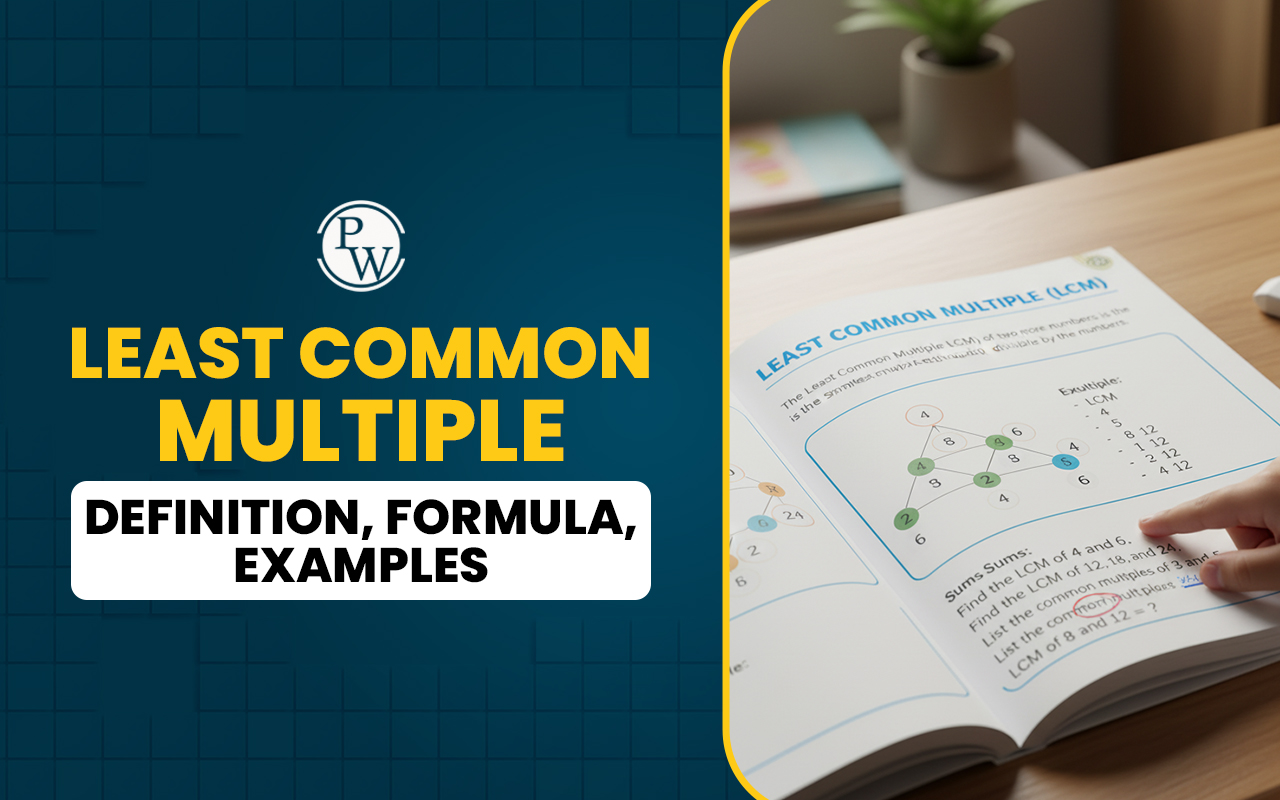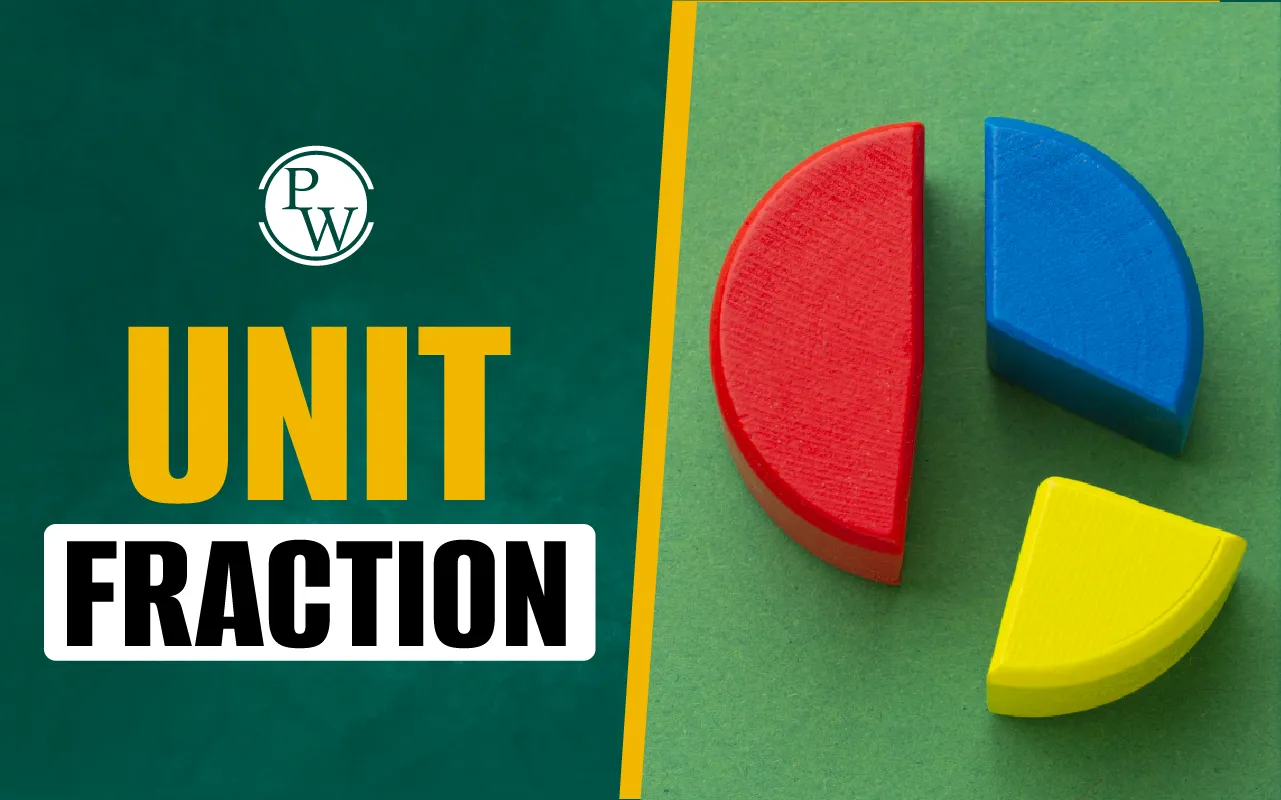
Exponents and powers are special mathematical expressions to denote very large numbers. When a number is multiplied by itself a finite number of times, exponents and powers allow you to calculate, write, and read those numbers easily in a compact form.
Understanding this concept and its rules, especially exponents and powers in class 6, helps young learners apply the smart methods appropriately and conveniently to solve complex math problems.
Read More: Area and Perimeter
Definition of Exponent and Power
Exponents and powers represent repeated multiplication. When we multiply a number repeatedly, the final product is expressed using an exponent or power.
For example, if 2 is multiplied 5 times, then instead of writing 2 x 2 x 2 x 2 x 2, we can use 5 as the exponent with the base number as 2, and express the number as 25 . In simpler terms, the exponent tells you how many times the base number is multiplied to get the number.
The term power is used to indicate the whole expression where both the base number and exponent are involved. Power in mathematics is the value of a number with the base number raised to the power of an exponent. For example, the number 25 is read as ‘two raised to the power of five’.
Let’s explain the definition of power and exponent through an example:
The number 81 can be written as 3 x 3 x 3 x 3, which means 3 multiplied by itself 4 times. Therefore, we can write: 81 = 34 where 3 is the base and 4 is the exponent. Again, we can say that 81 is equal to ‘3 raised to the power of 4’ or 81 is the 4th power of 3.
Difference Between Exponents and Power in Mathematics
Exponent and power are both related to the expression of numbers formed due to repeated multiplication. Let’s understand the difference between the two through the table given below.
|
Difference Between Exponents and Power |
||
|
Characteristic |
Exponent |
Power |
|
Definition |
The number of times a base number is multiplied to get a number |
The result of a base number multiplied by itself |
|
Notation |
Appears as a superscript to the right of the base |
Refers to the entire expression with base and exponent |
|
Explanation |
Shows how many times a specific factor appears in a given number |
Describes the result of a mathematical operation in concise form |
|
Context of Use |
Used for calculation to convert large numbers in exponential form |
Used to express large numbers is exponential form |
Read More: Basic Algebra
How to Read Exponents and Powers?
We read the numbers with exponents as the ‘Base number raised to the power of exponent’. It means the expression 28 is read as ‘2 raised to the power 8’.
There are special names for powers raised to 2 and 3, as explained below:
-
Power of 2 is expressed as ‘Squared’. For example, 62 is read as six squared.
-
Power of 3 is expressed as ‘Cubed’. For example, 53 is read as five cubed.
How to Find the Exponent in Mathematics?
When a large number is given, factorize it using the prime factorization method. Please find out how many times a single factor is multiplied by itself.
Then, the definition of exponent is used to express the number in terms of exponents and powers.
Let's explain with an example.
The number 200 can be written as, 200 = 2 x 2 x 2 x 5 x 5
Here, 2 is multiplied 3 times and 5 is multiplied 2 times to get the number 200.
Therefore, we can write, 200 = 23 x 52
For large multiples of 10, the exponent is determined by the number of zeros after 1, and the base is taken as 10.
For example, 1,00, 00, 000 is denoted as 107
Rules of Exponents in Mathematics
Certain rules or laws related to exponents in mathematics help make calculations faster and easier. Let's look at the important laws of exponents.
Multiplication with the Same Base
When we multiply two numbers with the same base but different exponents, the product will be the base number raised to the power equal to the sum of the exponents.
It means, am × an = am+n
Multiplication with Different Bases
When the base numbers are different but exponents are the same, then the result will be the product of two base numbers raised to the power of the exponent.
It means, am × bm =(ab)m
Division with the Same B
When we divide two numbers with the same base but different exponents, the result will be the base number raised to the power equal to the difference of exponents.
It means, am ÷ an = am / an = am-n
Division with Different Base
When the base numbers are different but exponents are the same, then the result will be the division of two base numbers raised to the power of the exponent.
It means, am/bm = (a/b) m
Negative Exponent
When a base number has a negative exponent, then it denotes the reciprocal of the base number with the positive exponent.
It means, a-m = 1/am
Exponent of an Exponent
If a base number raised with an exponent is again raised to the power of another exponent, then the result is equal to the base number raised to the power of the product of both exponents.
It means, (am)n = (a)mn
Zero Exponent
Any number raised to the power of zero as the exponent always gives the value of 1.
It means, a0 = 1
Read More: Componendo and Dividendo Rule
Solved Examples on Exponents and Powers Class 6
1. Find the value of 43 x 42
Solution:
43 x 42 = 43+2 = 45 = 4 x 4 x 4 x 4 x 4 = 1024
2. Find the value of 57 ÷ 54
Solution:
57 ÷ 54 = 57-4 = 53 = 125
3. Find the value of (23)2
Solution:
(23)2 = (2)3 x 2 = 26 = 64
4. Find the value of 22 x 32
Solution:
22 x 32 = (2 x 3)2 = (6)2 = 36
5. Simplify the following:
(-4)3 x (5/4)2
Solution:
(-4)3 x (5/4)2
= (-64) x (5)2 /(4)2
= (-64) x 25/16
= (-4) x 25
= -100
Also Read: Sequences and Series
Fractional Exponents
The exponent of a number can be fractional. Generally, the square root and cube root of a number is expressed by using the fractional exponent.
For example, a number raised to the power of exponent 1/2, indicates the square root of the number. It means (9)1/2 = √ 9 = 3
Again, the cube root of a number is denoted by the exponent 1/3 with the base as the given number. It means (125)1/3, = ∛125 = 5
Negative Exponents
Negative exponents signify how many times the reciprocal of the base number is multiplied.
For example, the expression 17 x 10-6 denotes 17 divided by 106 . In other words, 17 x 10-6 = 17/1000000 = 0.000017.
Exponents and Powers are important and interesting mathematical concepts that allow us to express very large or very small numbers concisely.
Understanding the difference between power and exponents and their corresponding rules helps you simplify the calculation steps involving large numbers and solve questions quickly and accurately.
CuriousJr Online Math Tuition Programs Make Learning Fun and Engaging
Is your child struggling with math concepts or with calculation errors? At CuriousJr, our Mental Maths Online Classes provide all the support your child needs.
These practice-based and interactive learning programs cover subjects like Math, Science, English, and Social Science and help students overcome academic challenges, build confidence, and strengthen their core knowledge.
Why is CuriousJr's Online Math Tuition Program So Effective?
-
Daily live sessions simplify math concepts using step-by-step explanations and real-life examples to keep learning more engaging.
-
One subject expert for teaching and a dedicated mentor for doubt-solving ensure complete understanding and continuous support.
-
Students receive personalized guidance aligned to their strengths and weaknesses and learning requirements.
-
Progress tracking through regular assessments and feedback helps students focus on areas for improvement.
CuriousJr’s math tuition classes help children simplify difficult concepts, complete school assignments, and improve math grades. Book a free demo today and see how we help your child become more capable and confident to succeed in school studies.
Exponents and Power FAQs
What are the various applications of power and exponents?
Is the power of a negative number always negative?
If the square of a number is positive, is the base number positive or negative?
Are 'exponent' and 'index' the same?










